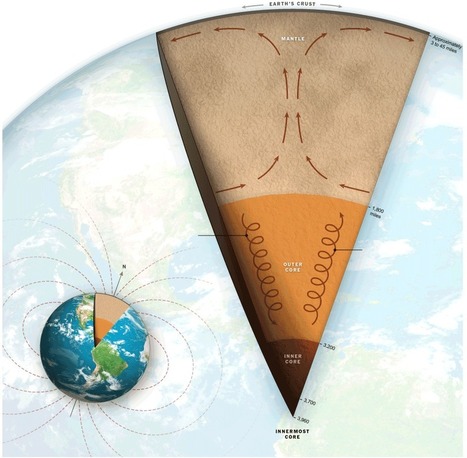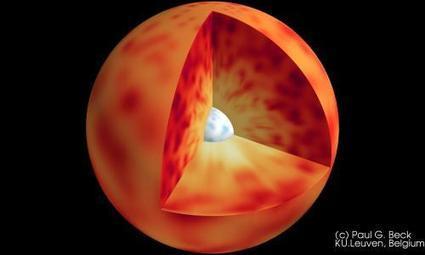A new study has increased the mystery surrounding the inner workings of the planet. The study by boffins at the University of London and published in Nature, found that the solid ball of iron that forms the Earth's core is losing heat 2-3 times faster than previously thought via a process called conduction. This suggests that the core could be solidifying much faster than earlier estimates. Source: NY Times
Research and publish the best content.
Get Started for FREE
Sign up with Facebook Sign up with X
I don't have a Facebook or a X account
Already have an account: Login

 Your new post is loading... Your new post is loading...
 Your new post is loading... Your new post is loading...
|
|


















